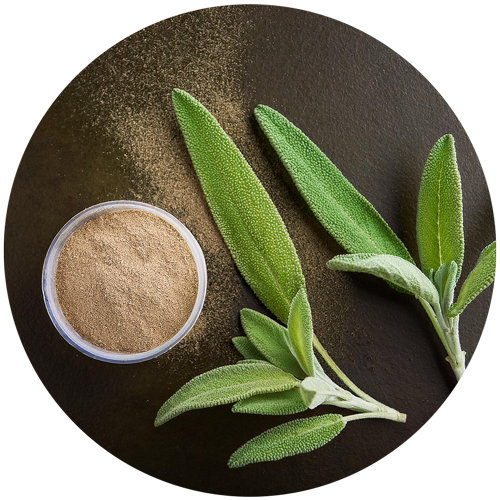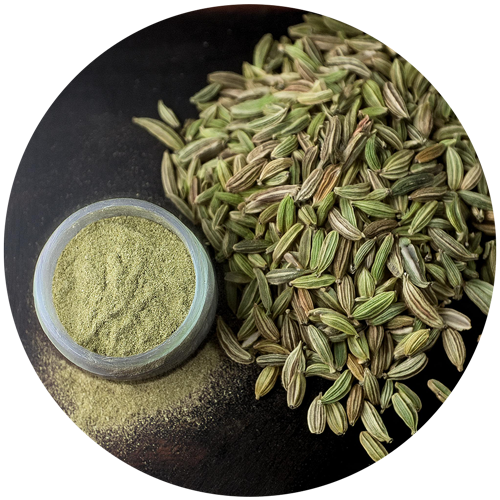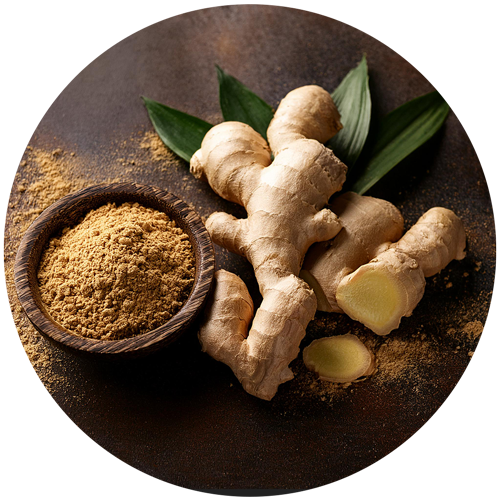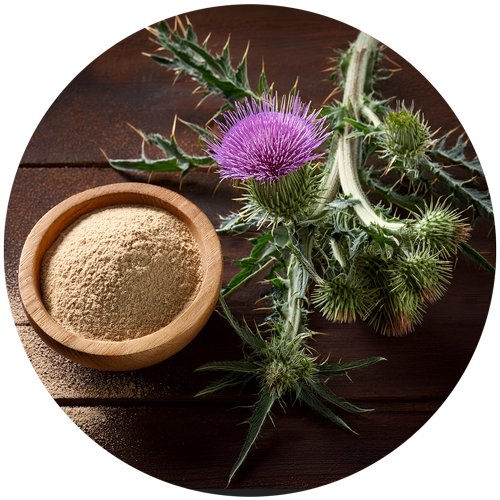

ROSEMARY
 Cognitive function
Cognitive function  Digestion
Digestion  Antioxidant
Antioxidant Rosemary Rosmarinus officinalis L. is a perennial plant of the Lamiaceae family, endemic to the Mediterranean basin, widely cultivated and used throughout the world. In traditional medicine, it is used for its antioxidant properties, with effects on the respiratory tract and to combat oxidative stress.
Our references
Regulations
and analysis
Identification : TLC
Data on traditional use
Cahier de l’agence du médicament (France):
-
Used to aid digestion
-
Used to facilitate bile elimination functions and aid digestion
EMA monograph :
- Used for symptomatic relief of indigestion and mild spasmodic disorders of the gastrointestinal tract.
Monographie Canada :
- Used to stimulate salivary and gastric secretions and intestinal motility
German monograph :
- Used for digestive disorders
Plant bylaw file
Association ideas by health axis
Select one or more axes:

Detailed description
Rosemary Rosmarinus officinalis L. is a perennial shrub of the Lamiaceae family, endemic to the Mediterranean basin and widely cultivated and used worldwide.
It is traditionally used in cooking as an “aromatic herb” or as a natural food preservative. In traditional medicine, it is used for its antioxidant properties.
Its bioactives can be isolated from its essential oils and extracts. These include caffeic, carnosic, chlorogenic and rosmarinic acids. Camphor, carnosol and eucalyptol are also present.
Rosemary’s proven effects include soothing the respiratory tract, supporting normal liver and kidney function, combating oxidative stress, relieving physical and mental fatigue and improving heart function.










